Tamarind in a flower pot will let you get away with almost anything and you can get seeds easily
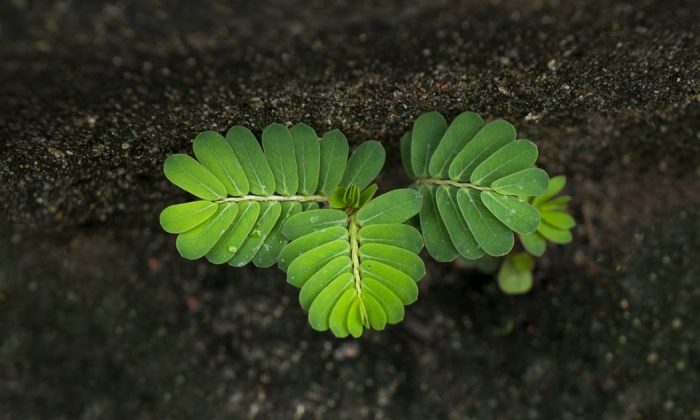
The popular tamarind fruits come from a leguminous tree called Tamarindus indica. But this name is actually misleading as its original homeland is Africa and you will mainly find it in areas where long-lasting draughts are frequent. Tamarind does not like too much moisture and can survive in extreme conditions.
So, if you are looking for a “soil” mate from the plant kingdom that can do without you, even when you go on a vacation or you simply forget watering, tamarind is the one for you. Where can you get it? Simple. Just buy tamarind pods in the store. Use the flesh in various Asian foods, in meat sauces or in even in barbecue marinades, and plant the seeds…
Fun fact: Tamarind is part of the famous Worcestershire sauce or Pad Thai noodles.
Photo: Pixabay
Planted late? Do not worry. You can make up for late planting
Tamarind seeds germinate well but it may,take a little bit longer sometimes. To help, soak seeds in 95% sulfuric acid… If you don’t have it at home, it doesn’t matter but you will wait 3-4 weeks longer for the first plants to appear.
Fill flower pots with permeable loamy and sandy soil (mix the substrate for indoor plants with sand) and water lightly. The soil should not dry out completely. Use water that has been sitting for a while – use this type of water for young tamarinds at least for a year. Later they adjust and become less demanding. Young seedlings tend to be very sensitive both to overwatering and drying out. Later they will leave you alone…
They also need a warm and sunny place, preferably on a south window sill. When they are about two years old, they can deal with hot summer and rain, and basically anything the nature throws at them. Just fertilize from time to time with a regular fertilizer designed for indoor plants and you’re fine. They will grow fast and easy.
Tamarind will share happily your apartment with you
Although in India tamarind could be huge, talland over 200 years old tree, when grown in room conditions it rarely exceeds two meters. It has interesting pinnate leaves which look very exotic. You do not need to shape it in any way or to aerate the crown. Just let it grow and it will look great. Just keep in mind that it may become rather wide over time – one meter or more wide. (Tamarinds can also be grown as bonsai, so the size does not matter).
Photo: Pixabay
Tamarinds begin to bear fruit around the age of 10, but in our climatic conditions they produce fruit very rarely and if you do not grow it in a greenhouse, they may not even bloom. Tamarinds need a year-round temperature of around 30 °C and much sunlight to bloom. They can grow at 20 °C rather well, but they will stop growing in the winter to save energy and to overcome cold periods without losing any leaves.
Tamarind will try hard to adapt to our conditions. You can buy tamarind very cheap and if you plant tamarind seeds, you can grow an interesting gift for your friends. Seeds are fertile and all planted seeds will often sprout (each pod contains 10-12 seeds). Simply put, tamarind is a very easy-going friend.
Preview photo: Pixabay

Gardening is my hobby, I have a lot of experience and I am happy to share it.
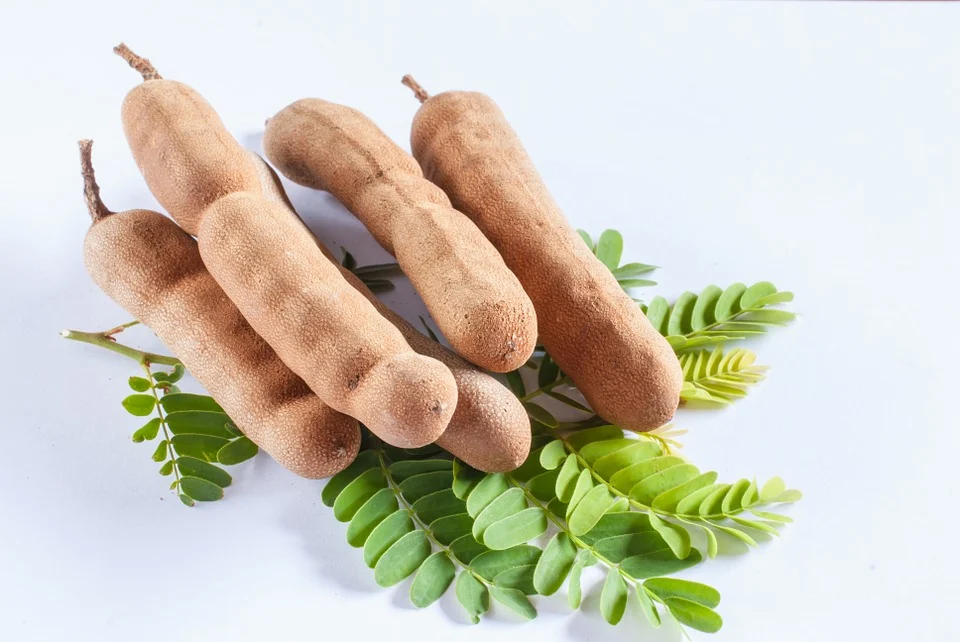
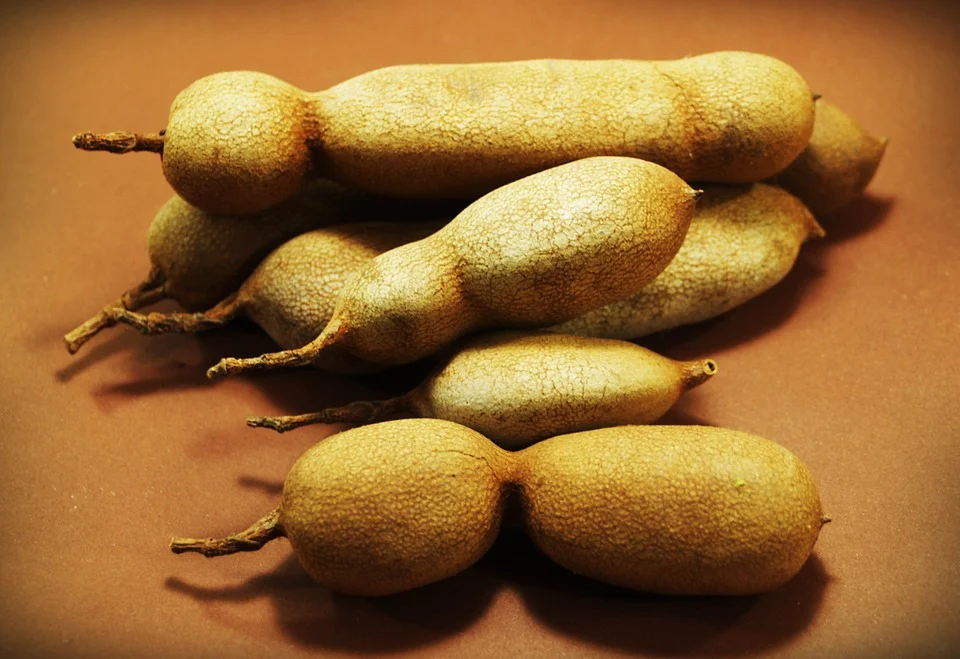


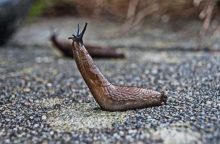



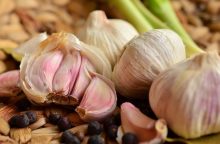
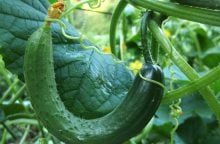
0 comments